

Perennial Garden Design: Creating a Timeless Landscape
Introduction
Perennial gardens are a beautiful choice for any landscape. They feature plants that come back year after year. This means less work for you! Imagine enjoying vibrant blooms and lush greenery with minimal upkeep. In this article, we’ll guide you through perennial garden design. You’ll learn how to create a stunning space that thrives throughout the seasons. Let’s get started!
Summary and Overview
A perennial garden consists of plants that live longer than two years. These gardens play a significant role in landscaping. They offer structure, color, and texture, enhancing your outdoor space. Key elements of perennial garden design include plant selection, layout, and seasonal planning. Choosing the right perennials can lead to a sustainable garden that attracts pollinators. Who wouldn’t love to see butterflies and bees buzzing around? To get started on your journey, consider picking up a comprehensive Perennial Planting Guide Book to help navigate your choices and ensure your garden flourishes! In this article, you’ll find practical tips, inspiring ideas, and all the information you need to create your own perennial paradise.Creating a sustainable garden is essential for attracting pollinators. Learn more about permaculture principles for sustainable gardening.
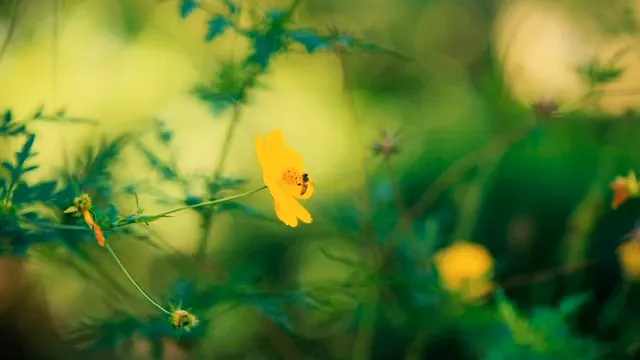
Understanding Perennials
What Are Perennials?
Perennials are plants that return year after year. Unlike annuals, which die after one season, perennials bloom again. They generally have a longer lifespan and can adapt to various environments. Perennials are categorized as herbaceous or woody. Herbaceous perennials die back in winter, while woody varieties maintain their structure. Many gardeners prefer perennials. In fact, studies show that around 70% of gardeners choose perennials over annuals for their gardens. Common misconceptions about perennials include the idea that they require a lot of work. In reality, once established, they can be quite low-maintenance. They also provide numerous benefits, such as improving garden longevity and promoting sustainable gardening practices. Take a moment to consider your current garden. Are there spaces where perennials could shine? Now’s the time to explore your options! A well-equipped gardener is a happy gardener, so check out this handy Gardening Tools Set to make your planting experience much smoother!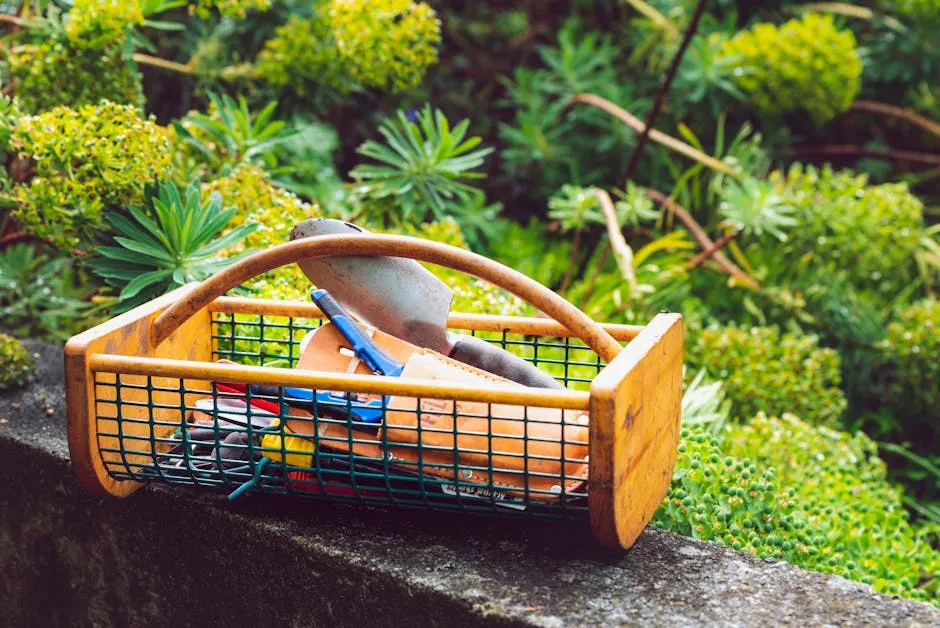
Key Principles of Perennial Garden Design
1. Choosing the Right Location
Selecting the perfect spot for your garden is crucial. The right location affects plant health and growth. Start by assessing your garden’s microclimates. These are small areas with varying sunlight and wind exposure. Understanding these can guide your plant choices. Next, consider your hardiness zone. This zone indicates which plants thrive in your area. Knowing your zone helps you avoid frustrating failures. Also, plan for proper water drainage. Waterlogged soil can harm your plants. Ensure your garden has adequate drainage and accessibility for watering. Statistics show that gardens with optimal location conditions have higher survival rates. Choose wisely! Now is the time to evaluate your garden’s conditions. What microclimates do you have? How’s the drainage? And while you’re at it, why not grab a Soil Moisture Meter to ensure your plants are getting just the right amount of water!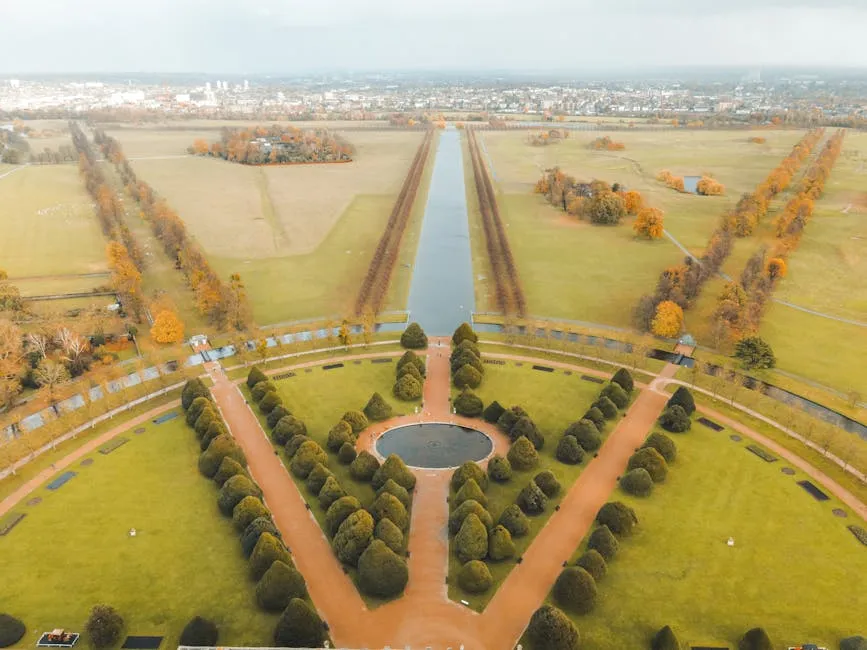
2. Plant Selection and Grouping
Choosing the right plants makes all the difference. Consider height, bloom time, and color when selecting perennials. Grouping plants by these factors creates a cohesive look. Companion planting is a great strategy. Pairing plants can enhance growth and aesthetics. For example, tall plants can provide shade for shorter ones. Think about native versus exotic perennials. Native plants often require less maintenance and attract local wildlife. Exotic species can add unique flair but may need more care. To guide your choices, consider a list of top perennial plants for various climates. This can help you find the best fit for your garden. Ready to start planning? Create a wishlist of perennials you’d love to try! What colors and heights catch your eye? And to keep track of your plants, use Plant Labels for Garden Organization to keep everything in order!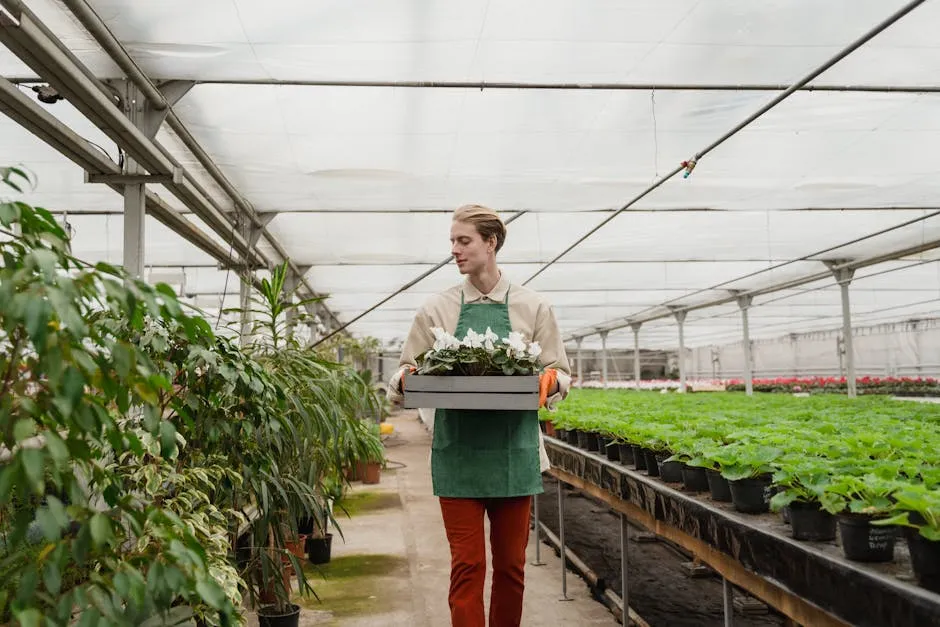
3. Designing for Seasonal Interest
Creating a garden that dazzles all year is essential. Seasonal interest keeps your space vibrant and engaging, no matter the time of year. So, how do you achieve this? Let’s break it down. First, consider the timing of blooms. Aim for a mix of early, mid, and late bloomers. This strategy ensures that flowers are popping up throughout the growing season. For instance, peonies bloom in late spring, while asters light up the fall. This staggered approach keeps your garden lively. Next, don’t forget about winter. Evergreens are your best friends here. They provide structure and color when other plants are dormant. Think about adding holly or junipers. These plants not only add beauty but also create a backdrop for your winter landscape. Foliage is another key player. Different textures and colors can make a significant impact. For example, the rich purple leaves of ‘Black Scallop’ ajuga contrast beautifully with the bright green of hostas. This variety keeps your garden visually interesting, even when flowers aren’t in bloom. Did you know that popular perennials like coneflowers bloom from June to September? Others, like daylilies, can bloom from May to August. Knowing these average bloom times helps in planning your garden effectively. Now, it’s your turn! Challenge yourself to design a seasonal calendar for your garden. Map out which plants bloom when and plan your garden accordingly. This thoughtful approach will ensure your space remains a stunning showcase year-round. What combinations will you try? And while you’re planning, consider using a Plant Care Journal to track your progress and make notes along the way!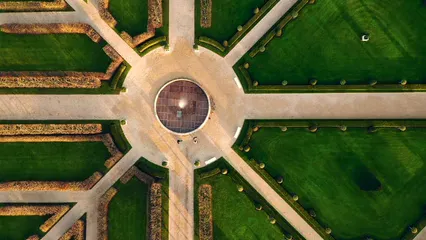
4. Attracting Pollinators and Beneficial Wildlife
Creating a wildlife-friendly garden is essential. Pollinators like bees and butterflies play a crucial role in our ecosystem. They enhance garden productivity and biodiversity. Selecting the right plants attracts these beneficial creatures. Choose flowers rich in nectar and pollen. Examples include coneflowers and milkweed, which are favorites among pollinators. Creating habitats is another key step. Provide nesting sites using plants with dense foliage. Avoid harmful pesticides to keep your garden safe for wildlife. Research indicates that gardens with diverse plants see a 50% increase in pollinator activity. This highlights the importance of fostering these relationships. Are you ready to help your local ecosystem? Become a steward by planting a pollinator garden. What plants will you choose? And while you’re at it, consider adding a Butterfly House for Pollinators to provide a safe haven for these beautiful creatures!
5. Maintenance Tips for Perennial Gardens
To keep your perennial garden thriving, consistent maintenance is key. Here are some essential practices to follow throughout the seasons.Seasonal Care Routines
Each season brings unique tasks. In spring, apply a balanced fertilizer to encourage growth. Pruning is vital too; remove any dead or damaged stems. Deadheading, or removing spent flowers, promotes more blooms. In fall, cut back perennials and add compost to enrich the soil. Consider using Organic Fertilizer for Perennials to ensure your plants get the nutrients they need!
Dividing and Propagating Perennials
Dividing perennials not only rejuvenates plants but also promotes sustainability. Most perennials thrive when divided every 3-5 years. This practice prevents overcrowding and allows you to create new plants for your garden or share with friends. Propagation can save money and enhance your garden’s diversity.
Managing Pests and Diseases Organically
Healthy plants resist pests better. Regularly inspect your garden for signs of trouble. Handpick pests like aphids or use neem oil for a natural solution. Encourage beneficial insects, like ladybugs and lacewings, to help control pests. Diseases can often be avoided by ensuring good air circulation. Statistics show that perennials require about 30% less maintenance than annuals. This means you can enjoy a beautiful garden without spending your weekends on upkeep. Ready to keep your garden flourishing? Create a maintenance schedule tailored to your plants and local climate. This simple step can make a world of difference! And while you’re at it, make sure you have the right tools, like Pruning Shears to keep your plants in tip-top shape!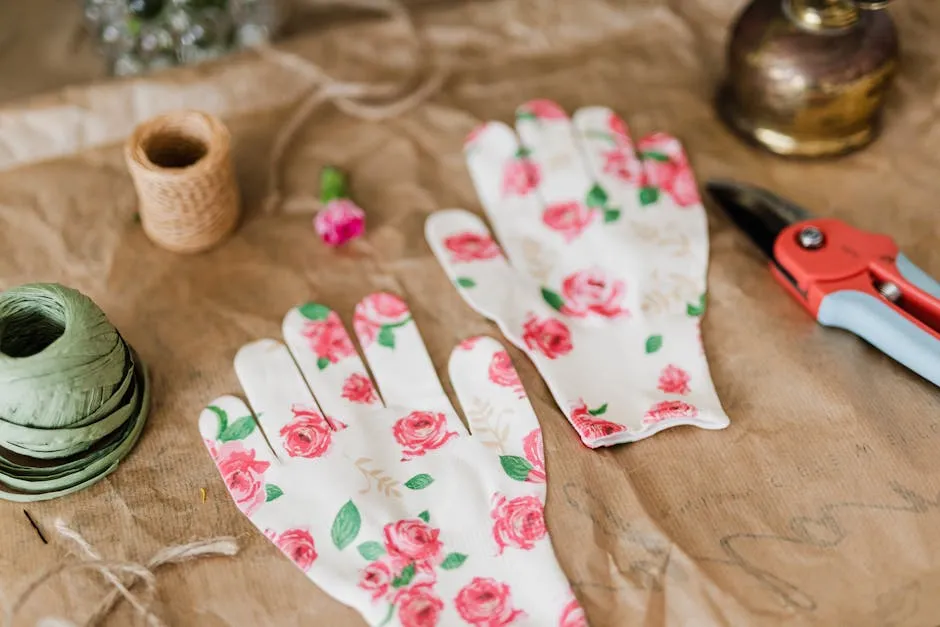
Conclusion
Perennial garden design offers numerous benefits, such as sustainability and low maintenance. By incorporating these tips, you can create a vibrant and eco-friendly space. The beauty and joy of perennial gardens will enrich your home for years to come. Start your own journey today! With the knowledge you’ve gained, your garden can transform into a stunning perennial paradise. And why not add a touch of whimsy with a Garden Gnome Decoration to brighten your space?Please let us know what you think about our content by leaving a comment down below!
Thank you for reading till here 🙂
All images from Pexels



